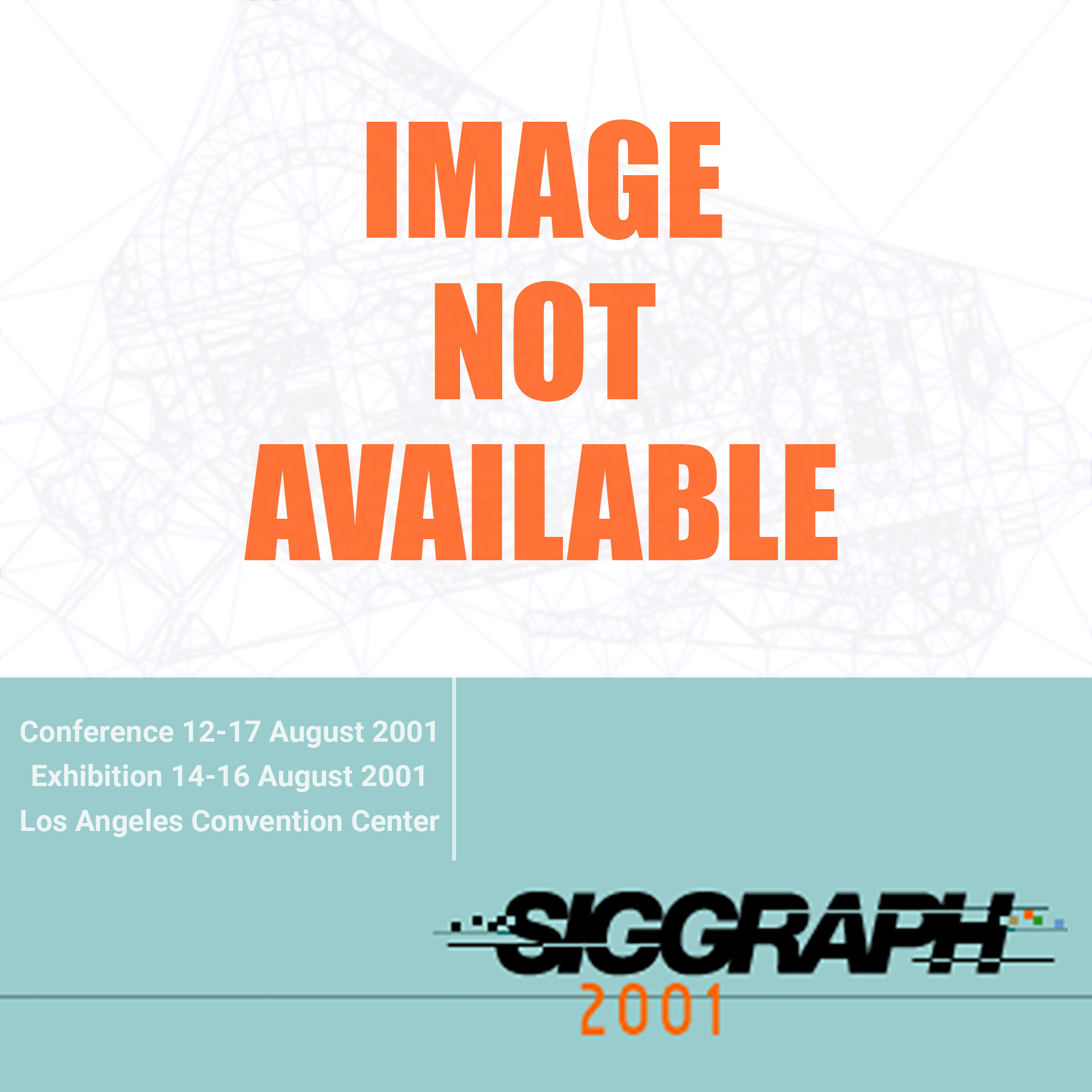“Teaching Computer Animation for Results!” by Caldwell, Geiger and McCampbell
Conference:
Type(s):
Title:
- Teaching Computer Animation for Results!
Presenter(s)/Author(s):
Abstract:
This session presents the teaching of computer animation from three different learning stages: foundation, undergraduate, and graduate. The focus is on demonstrating solid approaches and successful outcomes.
Success in teaching and learning computer animation depends on setting priorities, knowing what to emphasize, and deferring what can be placed on the back burner. Often, teachers and students become distracted by the technology and confuse technique with content. Students prefer to learn the latest 3D animation software tools because they believe this will compensate for any lack of artistic skills. But this isn’t realistic because the computer amplifies the students’ limitations.
This panel shares examples of successful student animation work from three different levels of computer animation instruction: foundation (University of Arizona), undergraduate (Ringling School of Art & Design), and graduate (California Institute of the Arts). At each stage, the challenges are different. At the foundation level, the challenge is to keep students focused on the basic principles of animation and make the work exciting. At the undergraduate level, the challenge is to keep the animation production timeline realistic, maintain the focus on quality not quantity, and require students to rework animation as necessary. The point here should not be to impress your audience but to entertain and communicate. At the graduate level, expectations should be very high, yet students still need guidance in balancing their desire to create something completely original and the professional expectation that they will entertain the audience.




